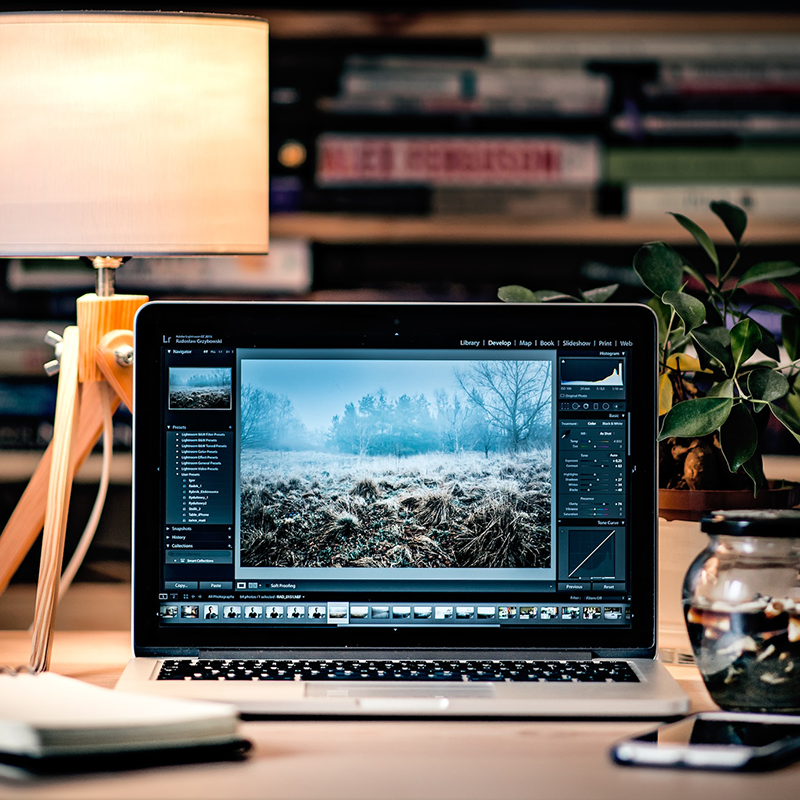Demystifying Visual Machine Learning
What is Visual Machine Learning
Understanding the Basics and Applications
You may find yourself wondering what is visual machine learning. In today’s technologically advanced world, machines are becoming increasingly capable of perceiving and understanding visual information, thanks to the exciting field of visual machine learning. From recognising objects in images to analysing visual data, visual machine learning plays a pivotal role in various domains, including healthcare, autonomous vehicles, and retail. In this blog post, we will unravel the basics of visual machine learning, exploring its core concepts, techniques, and real-world applications. So, let’s dive in!
What is Visual Machine Learning?

Understanding the Basics
Image Representation: To comprehend visual data, machines require an appropriate representation of images. In most cases, images are represented as arrays of numerical values, where each value corresponds to the intensity or colour of a pixel. For example, grayscale images have a single value per pixel, while colour images typically have three values representing red, green, and blue (RGB) channels.
Training Data and Labels: Visual machine learning models are trained using large datasets that consist of labelled images. These labels provide ground truth information, associating each image with specific categories or attributes. For instance, an image dataset for facial recognition might have labels such as “person,” “smiling,” or “glasses.” By learning from labelled data, the model can identify patterns and correlations necessary for accurate predictions.
Neural Networks: Deep learning, a subfield of machine learning, is the driving force behind visual machine learning. Deep learning models, particularly neural networks, are designed to mimic the human brain’s structure and functionality. A neural network comprises interconnected layers of artificial neurons, each performing simple computations. Through the process of training, neural networks learn to recognise complex visual patterns.
Techniques in Visual Machine Learning
Convolutional Neural Networks (CNNs): Convolutional Neural Networks (CNNs) are widely used in visual machine learning. These networks leverage the concept of convolutions to extract features from images. Convolutional layers apply filters to images, identifying edges, textures, and other visual patterns. Pooling layers then downsample the extracted features, reducing the computational complexity while retaining important information. CNNs are highly effective in tasks like object detection, image classification, and image segmentation.
Transfer Learning: Transfer learning is a technique that allows models pre-trained on large image datasets to be repurposed for new tasks. By leveraging the learned knowledge from one domain, transfer learning enables faster and more accurate training on smaller specialised datasets. It is particularly useful when limited labelled data is available, reducing the need for extensive data collection and annotation.
Object Detection: Object detection refers to the task of identifying and localising multiple objects within an image or video. Visual machine learning techniques, such as region-based CNNs (R-CNNs) and You Only Look Once (YOLO), have made significant progress in object detection. These methods enable applications like self-driving cars, surveillance systems, and inventory management.

Applications of Visual Machine Learning
Healthcare: Visual machine learning plays a crucial role in healthcare, aiding in the analysis of medical images such as X-rays, CT scans, and MRIs. By automatically detecting anomalies and patterns, these models can assist doctors in diagnosing diseases, tracking progression, and improving patient outcomes. They also enable the development of telemedicine systems, where medical professionals can remotely evaluate images and provide expert advice.
Autonomous Vehicles: Visual machine learning is integral to the development of autonomous vehicles. By analysing images and video streams from various sensors, such as cameras and lidar, visual machine learning algorithms help vehicles perceive their surroundings and make informed decisions in real-time. These algorithms can detect and track objects on the road, recognise traffic signs and signals, and predict the behaviour of other vehicles and pedestrians, enhancing safety and enabling the transition towards self-driving cars.
Security and Surveillance: In security and surveillance applications, visual machine learning is used to analyse video feeds and identify potential threats or suspicious activities. By employing techniques like facial recognition and behaviour analysis, these systems can automatically detect unauthorised individuals, track their movements, and alert security personnel in real-time. This technology enhances public safety, protects critical infrastructure, and aids in forensic investigations.
Visual machine learning has emerged as a powerful tool for understanding and interpreting visual data. By leveraging advanced algorithms, such as convolutional neural networks and transfer learning, machines can accurately recognise objects, analyse images and videos, and make predictions based on visual input. The applications of visual machine learning are vast and diverse, impacting domains such as healthcare, autonomous vehicles, retail, security, and art. As this field continues to advance, we can expect even more innovative solutions and exciting possibilities.
While this blog post only scratches the surface of visual machine learning, we hope it has provided you with a beginner-friendly introduction to its basics and applications. As you delve deeper into this fascinating field, you’ll discover its complexities and further unlock its potential to revolutionise various industries. So, embrace the power of visual machine learning and let your imagination soar as you explore the world of intelligent visual perception.
With a 21-year track record of excellence, we are considered a trusted partner by many blue-chip companies across a wide range of industries. At this stage of your business, it may be worth your while to invest in a human transcription service that has a Way With Words.
Additional Services
About Captioning
Perfectly synched 99%+ accurate closed captions for broadcast-quality video.
Machine Transcription Polishing
For users of machine transcription that require polished machine transcripts.
